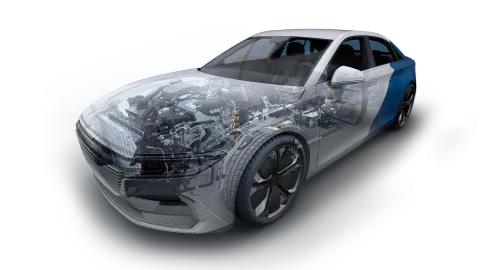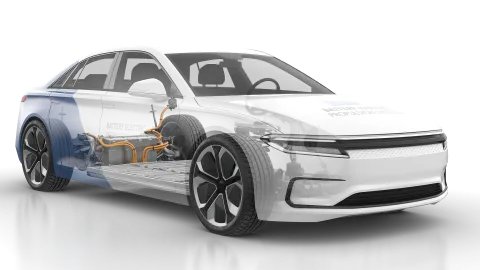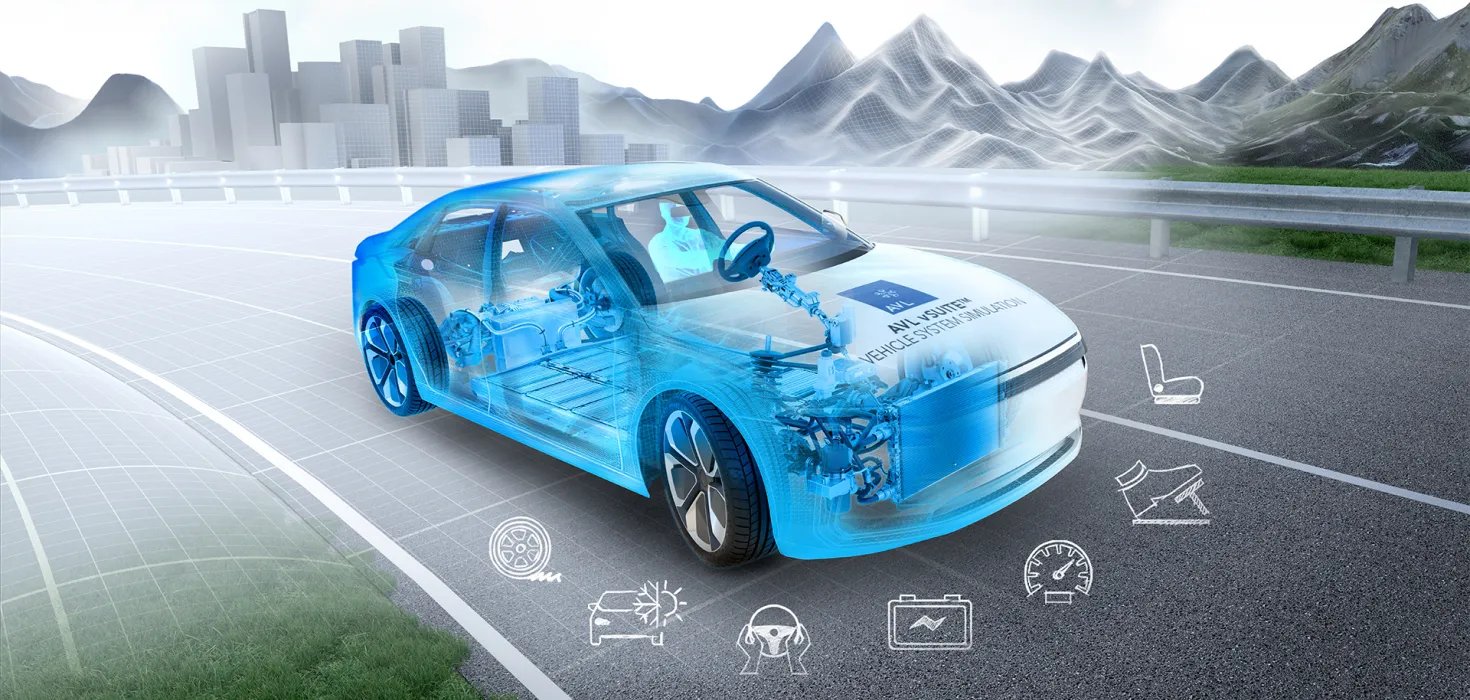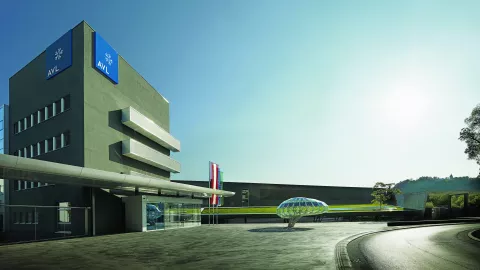More software controlled functions simultaneously mean more safety, efficiency, performance, etc. At the same time, cross-effects are increasing, resulting in ever more complex vehicles.
Particularly in e-mobility, these interdependencies between the individual systems must be closely analyzed. The pressure is intensified by the strong competition and the constantly increasing demand leads to ever shorter development times. Innovation has never been so important.
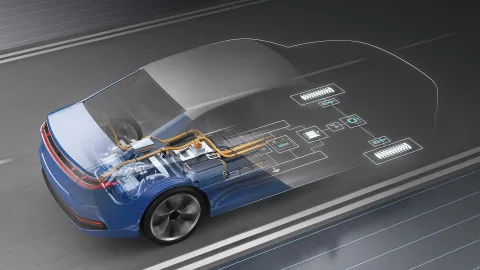
All these challenges are difficult to overcome efficiently with a conventional development process. Looking at the overall vehicle level makes it possible to simultaneously optimize (most of the times) conflicting goals such as energy consumption, range and driving characteristics.
Virtual twins realistically represent all these vehicle characteristics. They can be used in all development phases and incorporate their environment. This allows you to accelerate your development while reducing the effort required for real prototypes.
